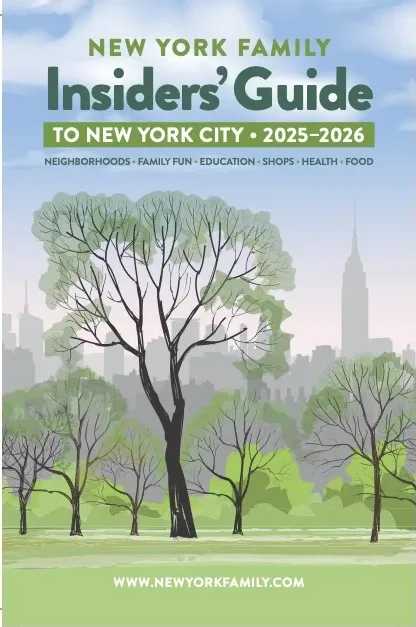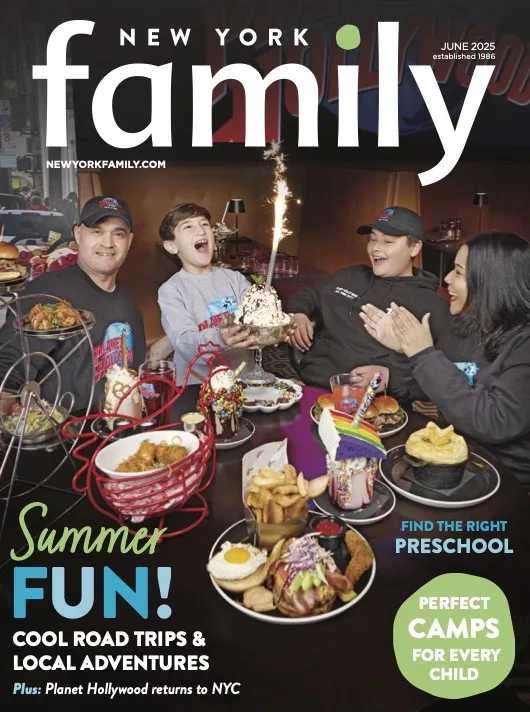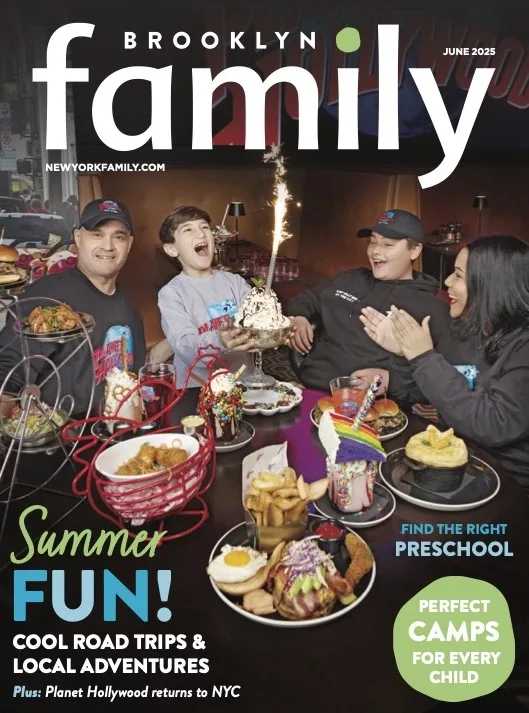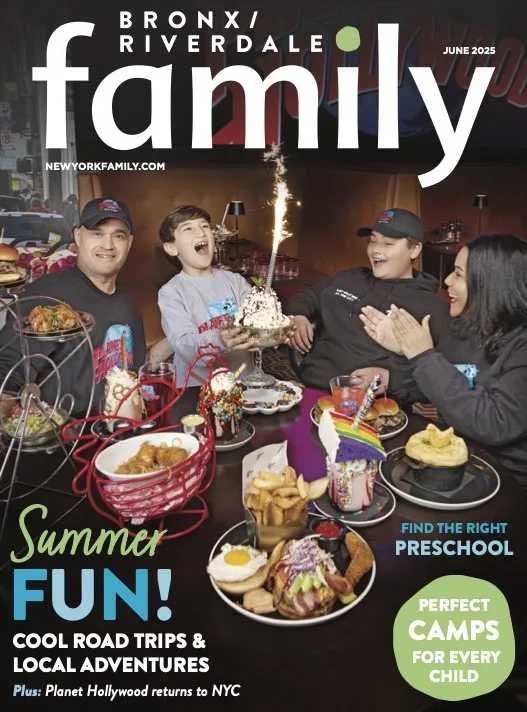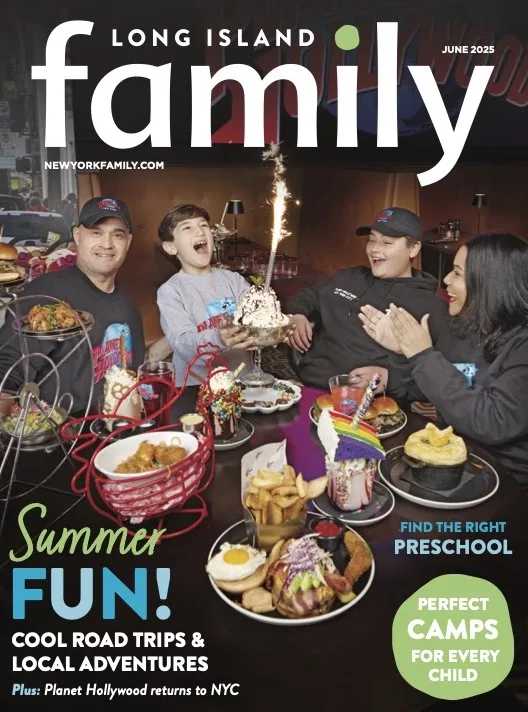 The Politics of Food, Bioethics, Boolean Logic: True or False (set in the world of Minecraft) and foreign language partnerships with nonprofits in countries like French Guiana – these are just some of the life-shaping classes offered to tweens and teens at New York City private schools.
The Politics of Food, Bioethics, Boolean Logic: True or False (set in the world of Minecraft) and foreign language partnerships with nonprofits in countries like French Guiana – these are just some of the life-shaping classes offered to tweens and teens at New York City private schools.
But how much does it cost to send your child to private school in New York?
Along such stunning offerings come equally stunning tuitions. Twelve-year educations can run north of $500,000, a sum that can leave even families with healthy six-figure incomes rethinking their budgets.
Tuition, however, does come with help—20% of New York City independent school students received financial aid during the academic year of 2014-15 meaning $29,035 on a median tuition of $41,660, or a 70% discount, according to the National Association of Independent Schools. Generally, if incoming students are offered aid, it’s guaranteed throughout their time at a school as long as they demonstrate need. Families who fall on hard times and need assistance later on may or may not be eligible.
What’s surprising is who qualifies for aid. With private school costing more than a 5-bedroom home in some cities, it’s possible for a family earning in the mid- to low-6 digits to get help with tuition.
We posed questions about aid to Gina Malin, Executive Director at the Parents League of New York, and one private school admissions director, who asked remain anonymous. Here are their answers.
NYF: With New York City private schools being so competitive, many parents fear that a request for aid will damage their child’s chances of acceptance. Is that a legitimate concern?
Gina Malin: It is difficult for families to determine whether applying for financial aid will affect their child’s application. The only way to know is to ask the schools’ admissions director in what ways might applying for financial aid be a factor in the admissions decision.
NYF: Do schools look at applicants needing aid differently than those who don’t?
GM: Admission and financial aid decisions are independent of one another. It’s possible to be accepted at a school, but be placed on a financial aid wait list because of limited funding.
Admissions Director: Families are accepted independently of whether we’re able to offer them aid. Sadly, we don’t have aid to offer to every qualifying family so some families are accepted but put on a waitlist for tuition assistance.
NYF: Do all private schools offer aid?
GM: Most independent schools offer financial aid.
NYF: Do any schools offer full rides?
AD: No full rides here. Every family is asked to make a contribution. Many families receive 97% of tuition aid.
NYF: Is it a good idea for parents to stretch and not ask for aid when their child first applies for school and then apply for it once their child has attended for a year?
GM: A family should apply for aid at the same time they are filing an application to the school. Many schools have adopted a policy whereby they will not offer aid to a family unless they have been enrolled at the school for a certain number of years.
NYF: Is all aid based on financials, or are their academic/athletic/other scholarships?
GM: Mostly all aid at New York City independent schools is financially based.
NYF: What are aid decisions based on?
AD: We consider a family’s entire financial picture. Number of children is absolutely significant. So is net worth. So is debt. A family who owns six homes would not qualify. We’re looking to support families who would be unable to afford our education without tuition assistance.
NYF: If a family does fall on hard times once a child is admitted, is aid available?
GM: Schools are committed to families. If a family has fallen on hard times, they can apply for financial aid, and schools will do everything they can to help the family during a difficult financial period.
AD: With us, families who run into problems after they’ve been here for a while can apply for aid. But they have to re-apply each year.
NYF: How much is too much for a family to earn and still qualify for aid?
GM: There are no strict income cut-offs. Many factors are taken into account when looking at the financial picture of the family, such as number of children, medical expenses, debt, any unusual expenses, savings, investments. However, according to Mark Mitchell, Vice President of School & Student Services by NAIS, parents should follow the “two comma rule.” If reporting total income requires two commas, a family is probably not going to be eligible for aid.
AD: We have families who earn $300,000+ per year and receive aid. I don’t think we have any at $400,000.
For more information, the Parents League will hold its annual financial aid panel discussion on Oct. 20 from 6:30 to 7:45PM at The Buckley School.
